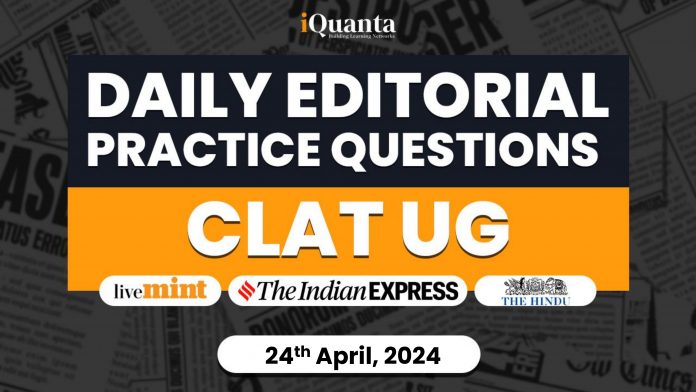Passage 1
“It was the best of times, it was the worst of times.” The year was 1951. On one hand was a nation basking in its newly independent status; on the other, a people ravaged by Partition.
The new nation, though, was ready for its first tryst with democracy and at the centre of it was a constitutional body called the Election Commission of India (ECI), established on January 25, 1950, which was then headed by a single person.
India’s first Chief Election Commissioner possibly had the toughest task on his hand. An electorate largely illiterate, nascent voter rolls, people living in refugee camps without addresses, only letters and post cards as means of communication and, of course, no ballot boxes. But the new democracy, which decided to give universal suffrage to all above 21 years of age, held its first general election from October 1951 to February 1952, and 17.5 crore Indians exercised their franchise.
Source – https://www.thehindu.com/elections/election-com
Get CLAT Online Coaching!

Passage 2
India has lost 2.33 million hectares of tree cover since 2000 according to the latest data from the Global Forest Watch monitoring project.
The Global Forest Watch, which tracks forest changes in near real-time using satellite data and other sources, said the country lost 4,14,000 hectares of humid primary forest (4.1 per cent) from 2002 to 2023, making up 18 per cent of its total tree cover loss in the same period.
Between 2001 and 2022, it said, forests in India emitted 51 million tons of carbon dioxide equivalent a year and removed 141 million tons of carbon dioxide equivalent a year. This represents a net carbon sink of 89.9 million tons of carbon dioxide equivalent a year.





